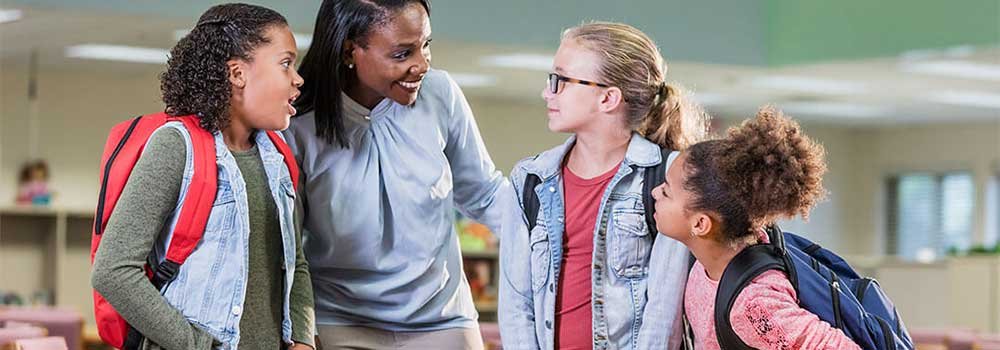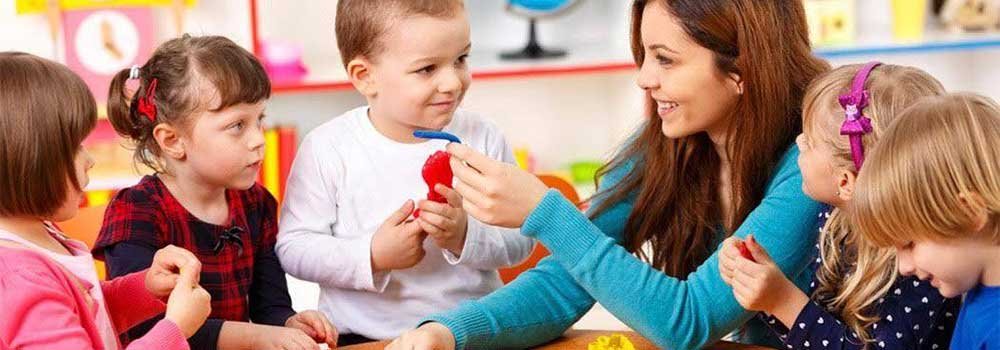Restorative practices are a set of best practices that can be used to enhance school climate and improve student achievement. They were developed by educators, researchers and practitioners with the goal of creating schools where all students feel safe, valued and supported. In this article, we will explore what restorative practices are and how they can be used in your classroom or school setting.
Create Positive School Climate

Schools can create a positive school climate by implementing restorative discipline practices. Restorative justice is a philosophy that seeks to restore damaged relationships between people. It focuses on repairing the harm done, and restoring relationships as much as possible.
A key part of restoring relationships is communicating effectively. Restorative justice practitioners recommend that schools make sure all parties involved in an incident are aware of the situation and have the opportunity to discuss it. This allows for any feelings of anger or resentment to be aired and hopefully resolved without further violence or conflict.
Schools can also create a positive school climate by embracing diversity. Diversity means different things to different people, but at its core, it refers to the many different cultures and backgrounds that make up our society. Diversity can help prevent incidents from escalating out of control, because it gives everyone a chance to feel included and respected.
Model Positive Behavior

Restorative discipline practices are methods that help people learn how to behave in a way that is beneficial both to themselves and to those around them. A number of different models have been developed, but the most common type of model is called the functional family model. This model assumes that people have natural tendencies which can be directed in positive or negative directions. It also assumes that people need help in order to learn new behaviors, and that punishment alone is not always effective in changing behavior.
One of the main benefits of using restorative discipline practices in school is that they are more likely to result in positive changes than punishment-based approaches. Research has shown time and time again that children who receive negative punishments such as spanking or grounding tend to display poorer academic performance and increased aggression towards peers. In contrast, children who receive positive reinforcement such as praise or privileges tend to display better academic performance and reduced aggression towards peers. Additionally, restorative discipline practices are less likely to lead to psychological trauma than punishment-based approaches.
Provide Supportive Learning Environment
One of the most important elements of a supportive learning environment is providing support and encouragement to students. Supporting students can take many forms, including providing positive reinforcement, listening attentively, being understanding and patient, and helping students find resources.
It is important to remember that not all students will respond well to the same type of support. Some may need more encouragement than others, or they may need someone who will be impartial and provide support no matter what. It is also important to be aware of your own limits when it comes to supporting students. If you find that you are getting overwhelmed or are not able to provide the level of support that a student needs, it is ok to reach out for help from a colleague or another member of staff.
These are some of the most common restorative practices you can use in your classroom or school setting. If you would like to learn more about these Restorative practices are a set of specific techniques that classroom teachers can use to improve the environment and support students. Implement restorative practices in a supportive learning environment can help to restore relationships between students and teachers, increase student engagement in class, and improve academic performance.

